WHITE TEA
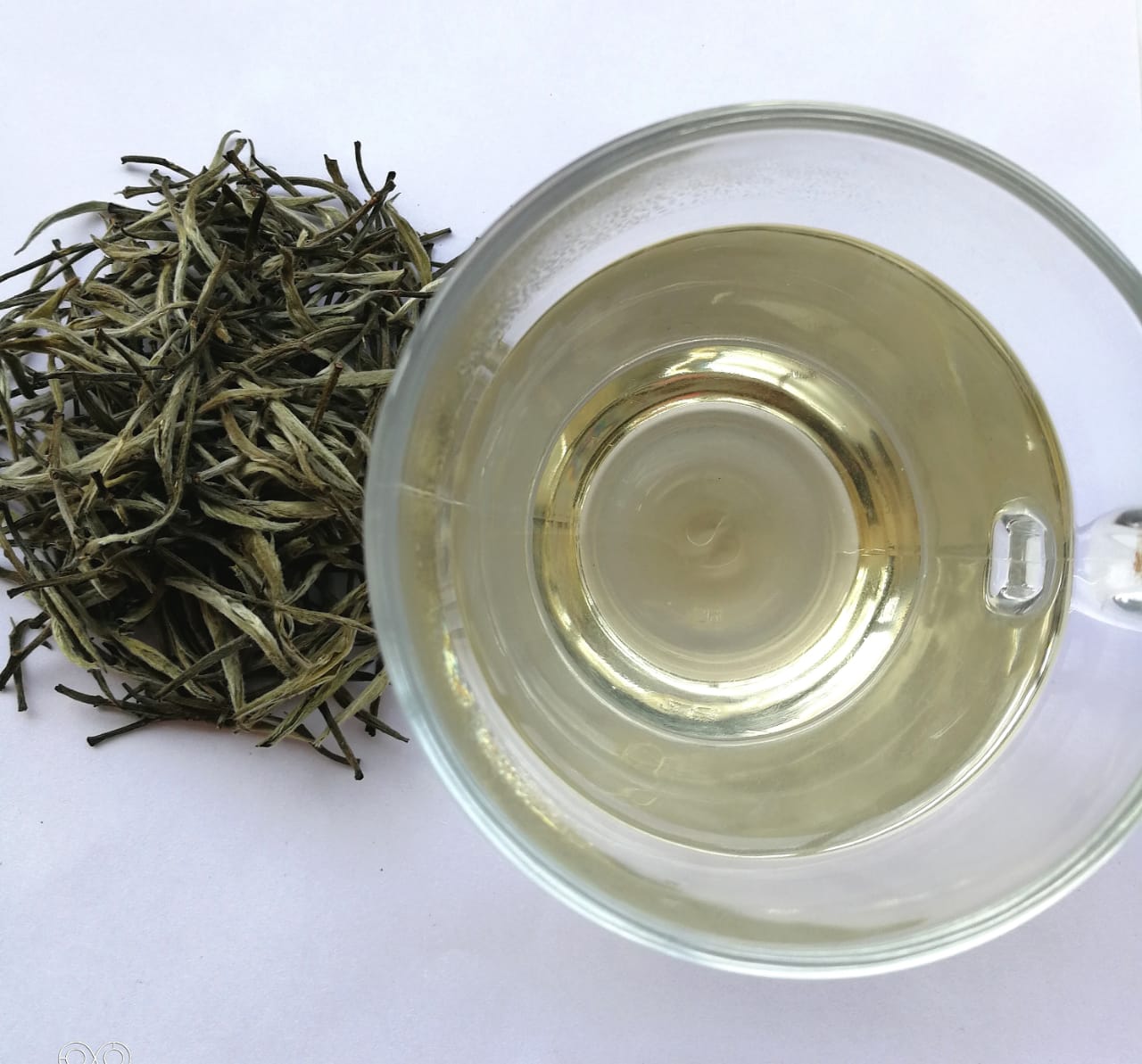
- The most delicate of all teas. They are appreciated for their subtlety, complexity, and natural sweetness. They are hand-processed using the youngest shoots of the tea plant, with no oxidation. When brewed correctly, with a very low temparature and a short steeping time, white teas can produce low amounts of caffeine. Of course, steeping with hotter temparature and longer time will extract more caffeine. But by defination, white tea have less caffeine than other teas.
GREEN TEA

- Green Tea is allowed to wither only slightly after being picked. Then the oxidation process is stopped very quickly by firing (rapidly heating) the leaves. Therefore, when brewed at lower temparatures and for less time, green teas tend to have less caffeine (10-30% of coffee). Greens also tend to produce more subtle flavors with many undertones and accents that connoisseurs treasure.
BLACK TEA CTC
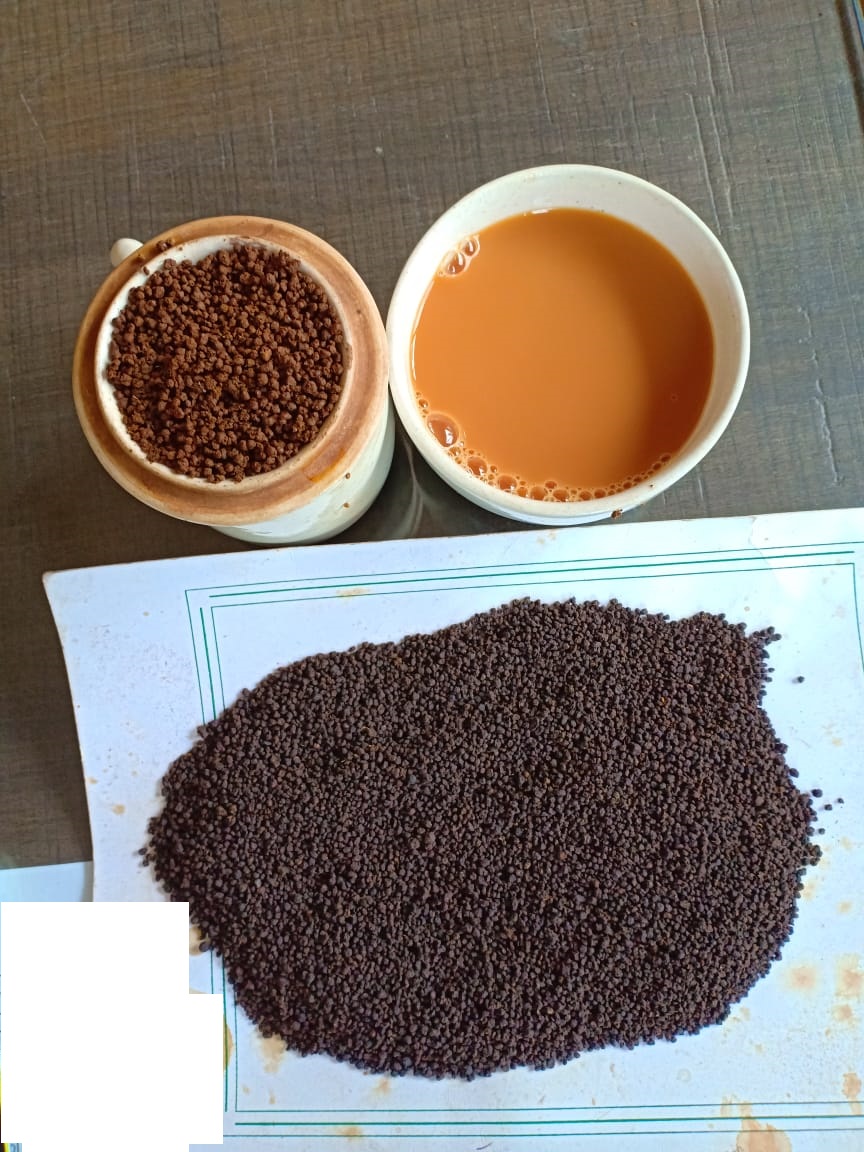
- CTC tea actually refers to a method of processing black tea. Named for the process, "crush, tear, curl" (and sometimes called "cut, tear, curl") in which the leaves are run through a series of cylindrical rollers. The rollers have hundreds of sharp teeth that crush, tear, and curl the leaves. The rollers produce small, hard pellets made of tea. This CTC method is diffrent from standard tea manufacturing, in which the tea leaves are simply rolled into strips. Tea made via this method is called CTC tea (and sometimes known as mamri tea).
BLACK TEA ORTHODOX

-
These high-quality teas are processed by hand and carefully graded to ensure the best tea leaves are packaged together. It's a complicated process that is filled with quality control issues and you can use it to buy the best grades of tea. Orthodox tea refers to either hand-processed tea or tea that is rolled with machinery in a manner that mimics hand rolling.
Most specialty tea is made with orthodix production methods. All Whole-leaf tea is made with orthodox production methods. You might also notice these teas under the label "handmade tea", "hand-processed tea," of "rolled tea."
Orthodix teas go through a complex system: Withering - Rolling - Oxidation - Firing.
OOLONG TEA
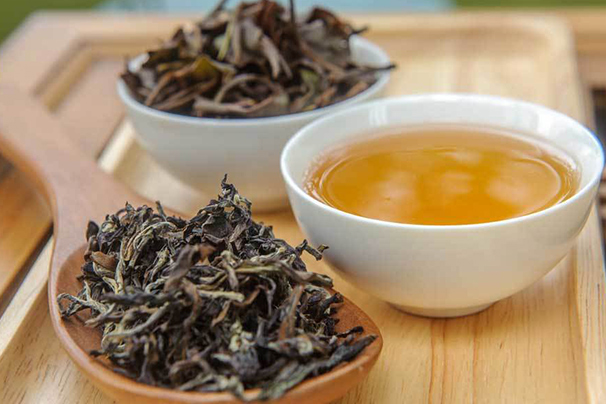
- Oolong Tea (also known as wulong tea) is allowed to undergo partical oxidation. These teas have a caffeine content between that of green teas and black teas. The flavor of oolong (wulong) teas is typically not as robust as blacks or as subtle as greens, but has its own extremely fragrant and intriguing tones. Oolongs (wulongs) are often compared to the taste and aroma of fresh flowers or fresh fruit.
HAND CRAFTED TEA
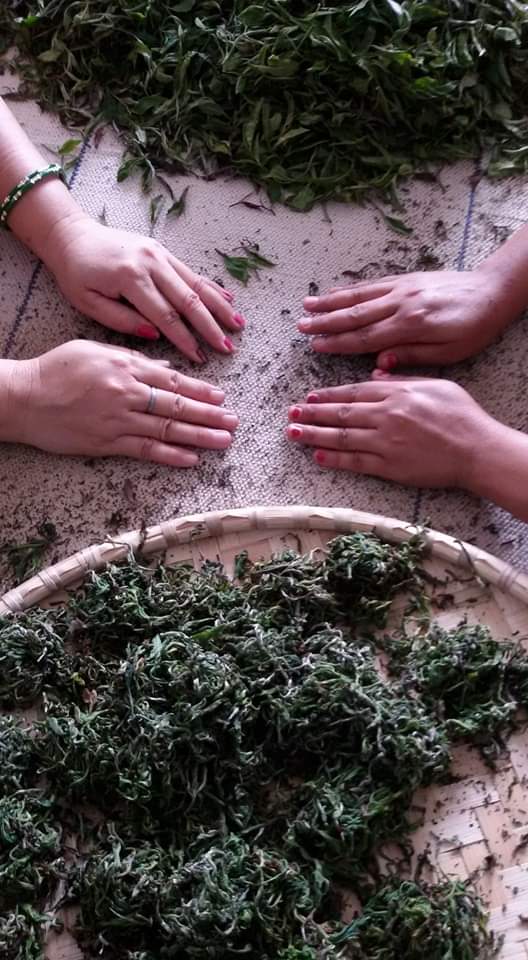
- Just as the terms "artisanal tea" and "artisan tea" are being applied to just about any tea under the sun "Hand Crafted tea" (sound of audible heavy sigh) and "handmade tea" similarly misused (both basically mean to refer to what is more appropriately called "hand processed tea"). Time to sort out the wheat from the chaff here and see what a hand-crafted tea really is, according to various tea professionals. Note: This is in no way a judgement of either machine or hand processed teas being worse or better (each has its merits); this is about properly labeling which is which.
FLORAL & HERBAL
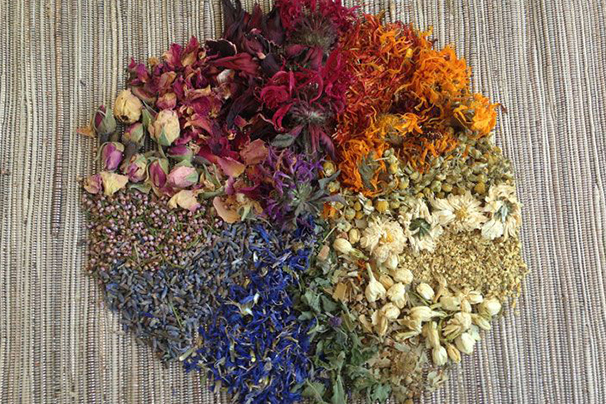
-
Floral teas include jasmine, lavender, hibiscus, rosebuds, roses, chamomile and many others. These blends span a wide variety, including herbal, green, white, and black teas. Each is adorned with fresh dried flowers to soothe the senses in aroma, in flavor, and visually.
Herbal teas are usually made from herbs like chamomile, Rosemay leaves, spearmint, etc and has several health proparties.